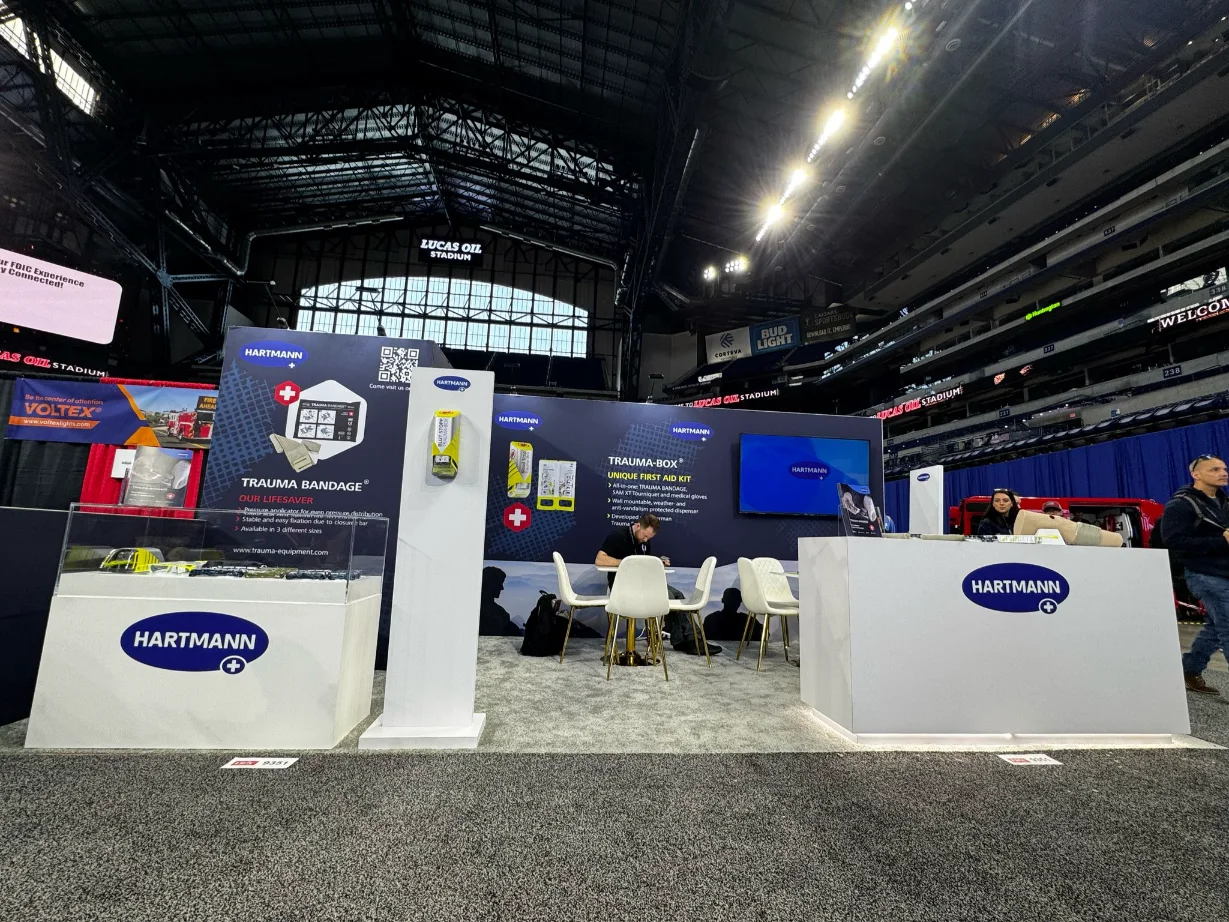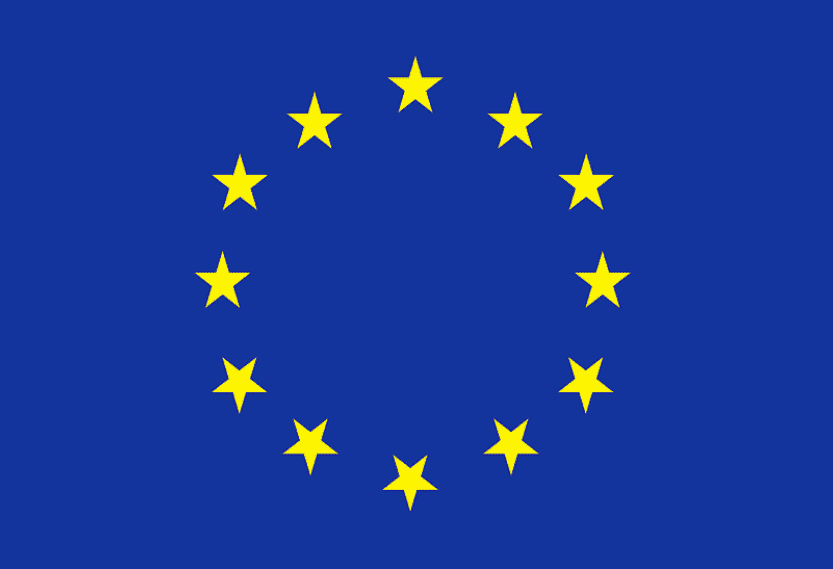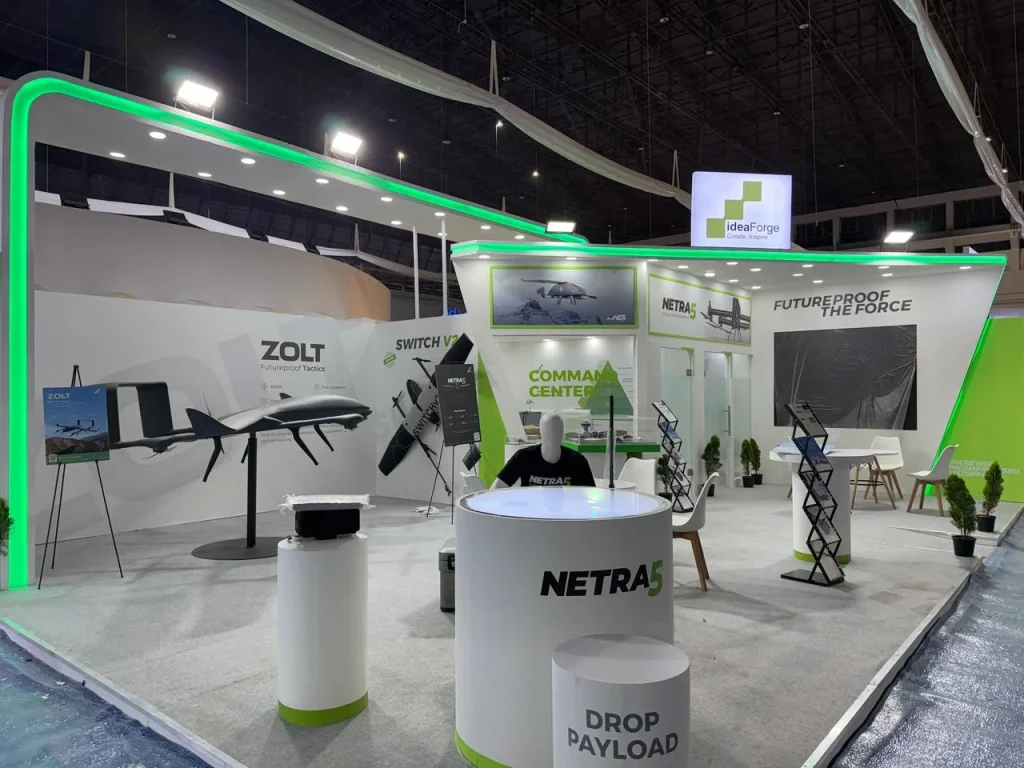
Introduction
Trade shows are more than just opportunities to display products—they’re intricate psychological theaters. Every decision, from booth design to attendee interaction, plays on human behavior, shaping how potential clients perceive and engage with your brand. Understanding the psychology behind these interactions can give you a strategic edge, turning casual visitors into loyal customers.
Let’s explore the key psychological principles that drive trade show success and how you can leverage them to create a more impactful presence.
First Impressions Matter: The Power of Visual Appeal
Humans are visual creatures, and our brains process images faster than text. At a trade show, where attendees are bombarded with stimuli, your booth’s design must make an immediate impact.
Tips to Optimize Visual Appeal:
- Use Colors Strategically: Colors evoke emotions; for example, blue conveys trust, while red suggests urgency. Choose colors that align with your brand values.
- Simplify Your Messaging: A clear, concise tagline is more memorable than a cluttered display.
- Invest in Lighting: Bright, dynamic lighting draws attention and creates a welcoming atmosphere.
The Reciprocity Principle: Give to Receive
Attendees are more likely to engage with your brand if they feel they’ve received something of value. This is where the principle of reciprocity—a cornerstone of human behavior—comes into play.
How to Implement Reciprocity:
- Offer meaningful giveaways, such as eBooks, industry reports, or exclusive discount codes.
- Provide free experiences, like interactive demos or consultations.
- Host engaging activities, such as games or workshops, that leave attendees feeling enriched.
Social Proof: The Influence of Peer Perception
People tend to follow the crowd, which is why showcasing your popularity and credibility is crucial at trade shows. When attendees see others flocking to your booth or hear about your brand’s successes, they’re more likely to trust you.
Ways to Highlight Social Proof:
- Display testimonials and case studies prominently.
- Use screens to showcase live social media mentions or customer feedback.
- Encourage attendees to share their experience with your booth online, creating buzz.
The Scarcity Effect: Create Urgency
The fear of missing out (FOMO) can be a powerful motivator. Scarcity makes your offerings feel more valuable and prompts immediate action.
How to Harness Scarcity:
- Use limited-time offers for products or services introduced at the event.
- Announce exclusive giveaways with a countdown to build excitement.
- Emphasize your booth’s unique elements that can’t be found elsewhere.
The Power of Personalization
Tailoring your interactions to the individual attendee makes them feel valued and understood, increasing the likelihood of a positive response.
Personalization Techniques:
- Train your staff to ask open-ended questions and actively listen to attendee needs.
- Use CRM tools to segment leads and offer tailored follow-ups post-event.
- Incorporate attendee names into digital or printed materials, such as badges or thank-you emails.
Emotional Branding: Build Deeper Connections
People may forget the specifics of a conversation, but they’ll remember how you made them feel. Trade shows are an opportunity to connect emotionally with your audience, leaving a lasting impression.
Strategies for Emotional Branding:
- Share compelling stories about your brand’s journey or the impact of your products.
- Design an immersive experience that aligns with your brand’s ethos. For example, a sustainable brand could create a nature-inspired booth to emphasize their commitment to the environment.
- Engage in meaningful conversations, focusing on building relationships rather than hard-selling.
Cognitive Overload: Less is More
With so much happening at trade shows, attendees can quickly feel overwhelmed. Simplifying their experience at your booth helps them retain key information about your brand.
How to Reduce Cognitive Overload:
- Focus on one or two core messages instead of overwhelming visitors with too much information.
- Use clear signage and a logical booth layout to guide attendees effortlessly.
- Provide takeaway materials, such as brochures or QR codes linked to detailed resources.
Measuring Psychological Impact
Success isn’t just about collecting business cards—it’s about understanding how your booth made attendees feel and how effectively you influenced their behavior.
Metrics to Consider:
- Engagement Levels: Track how long visitors spend at your booth.
- Lead Quality: Assess the relevance of leads based on post-event follow-ups.
- Feedback: Use surveys to gather insights on attendee perceptions.
Conclusion
Trade show success isn’t just about what you showcase—it’s about how you make attendees feel, think, and act. By applying psychological principles to your strategy, you can create a booth design that captivates, influences, and converts.
Understanding and leveraging the nuances of human behavior will not only set your brand apart but also ensure a lasting impression long after the trade show ends.


 Global
Global Europe
Europe

